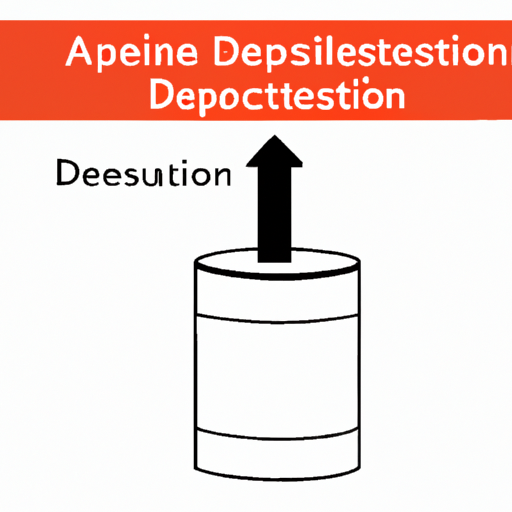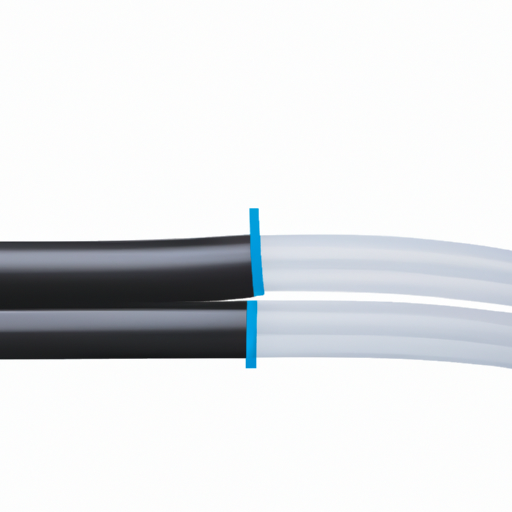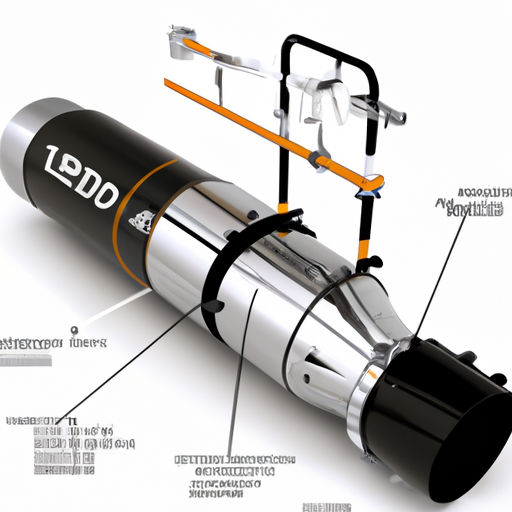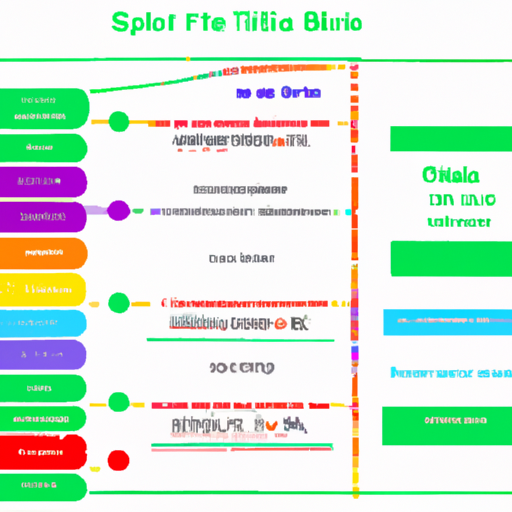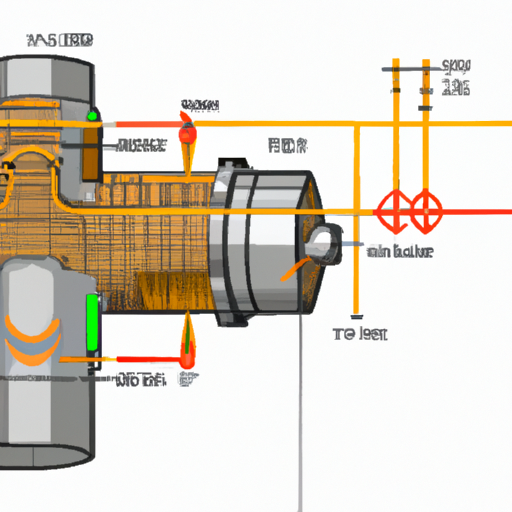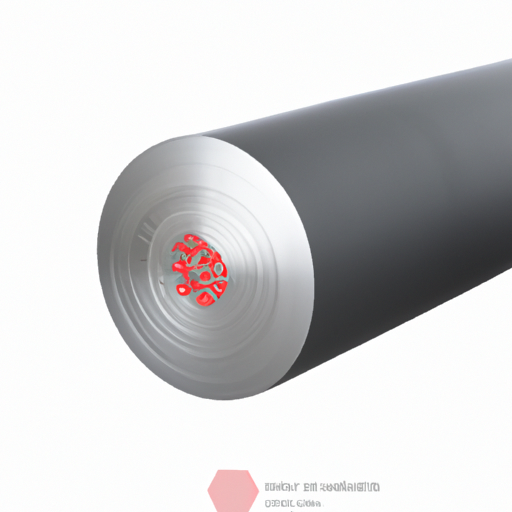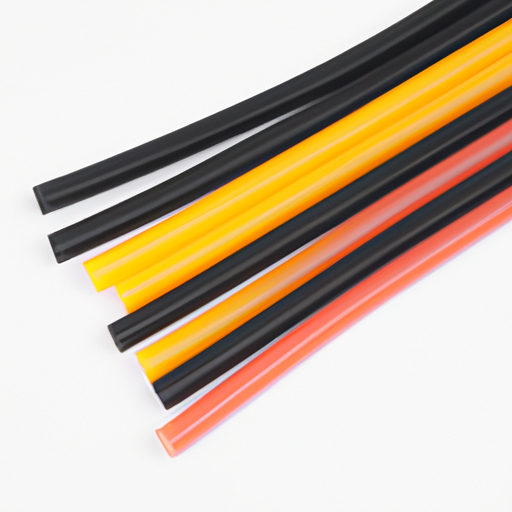
Information
SBD-FEP+PTFE-HST Viton Fluororubber Heat Shrink Tubing: Core Functional Technologies and Application Development CasesViton fluororubber heat shrink tubing, particularly the SBD-FEP+PTFE-HST variant, represents a significant advancement in materials technology, combining the unique properties of fluororubber with the benefits of heat shrink technology. This specialized tubing is engineered for applications that demand exceptional performance in challenging environments. Below, we explore the core functional technologies and notable application development cases that underscore the effectiveness of Viton fluororubber heat shrink tubing.
Core Functional Technologies1. Chemical Resistance2. High-Temperature Stability3. Flame Retardancy4. Mechanical Strength5. Heat Shrink Technology6. Low Permeability1. Aerospace Wiring Insulation2. Automotive Fuel Lines3. Industrial Equipment4. Medical Devices5. Oil and Gas Industry6. Telecommunications Application Development Cases ConclusionViton fluororubber heat shrink tubing, such as SBD-FEP+PTFE-HST, offers a unique blend of properties that make it highly effective across various demanding applications. Its exceptional chemical resistance, high-temperature stability, and mechanical strength position it as a preferred choice in industries ranging from aerospace to medical devices. As technology evolves, the potential for new applications of Viton heat shrink tubing will likely expand, further showcasing its versatility and effectiveness in protecting critical components in challenging environments.
more...
2025-06-22 23:30
Application Development in Diesel-Resistant Elastomeric Heat Shrink Tube for SBD-PTFE-HST: Key Technologies and Success StoriesThe development of diesel-resistant elastomeric heat shrink tubing, particularly for applications like SBD-PTFE-HST, is a complex process that integrates advanced materials science, innovative manufacturing techniques, and rigorous testing protocols. This overview highlights the key technologies involved and showcases success stories from various industries.
Key Technologies1. Material Selection2. Manufacturing Processes3. Testing and Certification4. Design Innovations5. Application-Specific Solutions1. Automotive Industry2. Aerospace Applications3. Marine Applications4. Industrial Equipment Success Stories ConclusionThe development of diesel-resistant elastomeric heat shrink tubing for applications like SBD-PTFE-HST is a multifaceted endeavor that combines advanced materials science, innovative manufacturing techniques, and rigorous testing. Success stories across various industries underscore the importance of these products in enhancing the reliability and safety of critical systems exposed to harsh environments. As technology continues to evolve, further advancements in material properties and manufacturing processes are anticipated, paving the way for even more robust and effective solutions in the future.
more...
SBD-PTFE Non Heat Shrinkable Polyolefin Tubing: Core Functional Technology and Application DevelopmentIntroduction to SBD-PTFE Non Heat Shrinkable Polyolefin Tubing
SBD-PTFE non heat shrinkable polyolefin tubing is a specialized tubing solution designed for applications that require insulation, protection, and flexibility without the need for heat activation. This innovative product is particularly advantageous in environments where traditional heat shrinkable tubing may pose risks or complications during installation. Core Functional Technologies1. Material Composition2. Non-Heat Shrinkable Design3. Thermal and Chemical Resistance4. Electrical Insulation5. Flexibility and Durability1. Automotive Wiring Harnesses2. Aerospace Applications3. Industrial Equipment4. Medical Devices5. Telecommunications Application Development Cases ConclusionSBD-PTFE non heat shrinkable polyolefin tubing represents a significant advancement in materials technology, offering a combination of flexibility, durability, and resistance to extreme conditions. Its applications span various industries, including automotive, aerospace, industrial, medical, and telecommunications, demonstrating its versatility and effectiveness in protecting and insulating critical components. As technology continues to evolve, the development and application of this tubing will likely expand, addressing new challenges and requirements in diverse fields. The ongoing innovation in material science will further enhance the capabilities and applications of SBD-PTFE tubing, solidifying its role as a vital component in modern engineering and manufacturing.
more...
2025-06-22 16:50
Application Development in Heat Shrink Maker Sleeve for SBD-SWHF-DR Diesel Resistant Elastomeric Heat Shrink TubeHeat shrink tubing, particularly the SBD-SWHF-DR Diesel Resistant elastomeric heat shrink tube, is essential for protecting and insulating electrical connections in various demanding environments. This document outlines key technologies and success stories that highlight the advancements and applications of this innovative product.
Key Technologies1. Material Science Innovations2. Manufacturing Techniques3. Shrinkage Control4. Testing and Certification1. Automotive Industry2. Aerospace Applications3. Industrial Equipment4. Marine Applications5. Telecommunications Success Stories ConclusionThe development of diesel-resistant elastomeric heat shrink tubes like the SBD-SWHF-DR represents a significant advancement in materials science and manufacturing technology. By addressing the specific needs of various industries, these products have demonstrated their value in enhancing the reliability and longevity of electrical systems in challenging environments. As technology continues to evolve, we can expect further innovations in heat shrink tubing that will expand their applications and improve performance, ultimately leading to safer and more efficient operations across multiple sectors.
more...
SBD-HSSP Silicone Rubber Fiberglass Sleeving: Core Functional Technology and Application Development Core Functional Technology1. Material Composition:2. Thermal Resistance:3. Electrical Insulation:4. Chemical Resistance:5. Flame Retardancy:1. Aerospace Industry:2. Automotive Sector:3. Electrical and Electronics:4. Industrial Equipment:5. Marine Applications: Application Development Cases ConclusionSBD-HSSP Silicone Rubber Fiberglass Sleeving represents a significant advancement in insulation technology, effectively combining the superior properties of silicone rubber and fiberglass. Its diverse applications across various industries underscore its versatility and effectiveness in providing reliable protection for electrical components in high-temperature and harsh environments. As industries continue to evolve and demand innovative materials, the potential for further developments and applications of SBD-HSSP sleeving is promising, paving the way for enhanced safety and performance in critical applications.
more...
2025-06-22 07:22
Application Development in Food-Grade Silicone Rubber Tubes for SBS-SRRT: Key Technologies and Success StoriesDeveloping food-grade silicone rubber tubes for applications such as Silicone-Based Soft Rubber Tubing (SBS-SRRT) involves a multifaceted approach that combines advanced materials science, innovative manufacturing techniques, and stringent quality control measures. Below is a detailed overview of the key technologies involved and notable success stories in this field.
Key Technologies1. Material Selection2. Manufacturing Processes3. Quality Control4. Customization5. Sustainability1. Food Processing Industry2. Beverage Industry3. Pharmaceutical Applications4. Innovative Product Development5. Sustainable Solutions Success Stories ConclusionThe development of food-grade silicone rubber tubes for applications like SBS-SRRT is characterized by a blend of advanced materials science, innovative manufacturing techniques, and a commitment to quality and safety. The success stories from various industries underscore the versatility and advantages of silicone tubing, paving the way for continued growth and innovation in this sector. As consumer demands evolve, the focus on sustainability and customization will likely drive further advancements in food-grade silicone technologies, ensuring that they meet the needs of diverse applications while adhering to stringent safety standards.
more...
2025-06-22 06:14
Application Development in Silicone Tubes for SBD-SWHF-PO Non-Shrinkable Polyolefin Tubes: Key Technologies and Success StoriesThe development of silicone tubes, particularly non-shrinkable polyolefin variants like SBD-SWHF-PO, has become increasingly significant across various industries due to their unique properties. These tubes are characterized by their excellent insulation, flexibility, and resistance to heat and chemicals, making them ideal for applications in automotive, electronics, medical, and telecommunications sectors. Below, we explore the key technologies driving this development and highlight notable success stories.
Key Technologies1. Material Science Innovations2. Extrusion Technology3. Cross-Linking Techniques4. 3D Printing and Additive Manufacturing5. Testing and Quality Assurance6. Customization and Design Engineering1. Automotive Industry2. Medical Devices3. Telecommunications4. Consumer Electronics5. Aerospace Applications Success Stories ConclusionThe development of silicone tubes, particularly non-shrinkable polyolefin variants, is driven by advancements in material science, manufacturing technologies, and a focus on customization for specific applications. Success stories across various industries illustrate the versatility and effectiveness of these tubes in enhancing product performance and reliability. As technology continues to evolve, further innovations in silicone tube applications are anticipated, paving the way for new opportunities across diverse sectors. The ongoing collaboration between manufacturers and end-users will be crucial in unlocking the full potential of these advanced materials.
more...
2025-06-21 13:22
Application Development in Fiberglass Sleeving Extruded Silicone Rubber for SBS-SRRTThe development of fiberglass sleeving extruded silicone rubber for Specialty Rubber and Thermal Applications (SBS-SRRT) represents a significant advancement in materials technology, combining the strengths of fiberglass and silicone rubber to meet the demands of various industries. Below is a detailed exploration of the key technologies involved and notable success stories that highlight the effectiveness of this innovative material.
Key Technologies1. Material Composition2. Extrusion Process3. Coating Techniques4. Thermal and Electrical Insulation5. Customization and Design1. Aerospace Industry2. Automotive Sector3. Industrial Equipment4. Consumer Electronics5. Medical Devices Success Stories ConclusionThe development of fiberglass sleeving extruded silicone rubber for SBS-SRRT applications exemplifies the convergence of advanced materials science and engineering. The unique properties of this composite material cater to a diverse range of industries, from aerospace to medical devices, highlighting its versatility and effectiveness. As technology continues to advance, further innovations in this field are anticipated, paving the way for even more successful applications and enhanced performance standards. The ongoing evolution of fiberglass and silicone rubber composites promises to unlock new possibilities in material applications, driving progress across multiple sectors.
more...
SBS-SRT Nonslip Heat Shrink Tube: Core Functional Technology and Application Development Overview of Nonslip Heat Shrink Tube TechnologyNonslip heat shrink tubes, such as the SBS-SRT series, are engineered to provide superior grip and stability across a range of applications. These tubes are crafted from advanced polymer materials that offer several key benefits: 1. Heat Shrinkage Upon exposure to heat, the tube shrinks to tightly conform around the substrate, ensuring a secure fit.2. Nonslip Surface The specially designed surface enhances friction, preventing slippage in critical applications.3. Durability Resistant to abrasion, chemicals, and environmental factors, these tubes ensure long-lasting performance.4. Electrical Insulation Many nonslip heat shrink tubes also provide excellent electrical insulation, making them suitable for various electrical applications. Core Functional Technologies1. Material Composition: The SBS-SRT tubes are typically composed of a blend of polyolefin and other polymers, enhancing their thermal and mechanical properties. This composition allows for effective heat shrinkage while maintaining flexibility and strength.
2. Surface Texturing: The nonslip feature is achieved through a specialized surface treatment or texturing process that increases the coefficient of friction, ensuring the tube remains securely in place even under dynamic conditions.
3. Thermal Management: The heat shrink process not only provides a tight fit but also aids in managing thermal expansion and contraction, which is crucial for applications exposed to varying temperatures.
4. Custom Sizing and Colors: SBS-SRT tubes can be manufactured in various sizes and colors, allowing for customization based on specific application requirements.
Application Development Cases1. Automotive Industry: In automotive applications, nonslip heat shrink tubes are used to secure wiring harnesses and connectors. The enhanced grip prevents movement and wear, which can lead to electrical failures. A leading automotive manufacturer implemented SBS-SRT tubes in their wiring systems, resulting in a 30% reduction in connector-related failures.
2. Consumer Electronics: In the consumer electronics sector, these tubes protect and insulate delicate wiring in devices such as smartphones and laptops. The nonslip feature ensures that components remain securely in place during assembly and use, enhancing product reliability.
3. Medical Devices: In medical applications, SBS-SRT tubes are utilized to secure and insulate wires in devices such as pacemakers and surgical instruments. The nonslip property is critical in ensuring that connections remain stable during operation, which is vital for patient safety.
4. Industrial Equipment: In industrial settings, nonslip heat shrink tubes protect and secure cables and hoses in machinery. Their durability and resistance to harsh environments make them ideal for use in factories and manufacturing plants.
5. Aerospace Applications: The aerospace industry benefits from the lightweight and secure properties of SBS-SRT tubes, which are used in wiring and component protection. The tubes help reduce weight while ensuring that critical connections remain intact during flight.
ConclusionSBS-SRT nonslip heat shrink tubes represent a significant advancement in heat shrink technology, offering enhanced grip, durability, and insulation properties. Their application across various industries demonstrates their versatility and effectiveness in improving product reliability and performance. As technology continues to evolve, the development of these tubes will likely expand, leading to new applications and innovations in the field.
more...
2025-06-19 04:26
Application Development in Bus Bar Protection Using Heat Shrink Technology for SBD-CSTBus bar protection using heat shrink technology, particularly in the context of SBD-CST (which may refer to a specific type of bus bar design or application), involves several key technologies and methodologies. Here’s an overview of the key technologies and some success stories related to this application development:
Key Technologies1. Heat Shrink Materials2. Electrical Insulation3. Mechanical Protection4. Custom Design and Engineering5. Installation Techniques1. Utility Company Upgrade2. Industrial Facility Implementation3. Renewable Energy Integration4. Data Center Deployment5. Railway Electrification Projects Success Stories ConclusionThe application of heat shrink technology in bus bar protection, particularly for SBD-CST configurations, showcases the importance of advanced materials and engineering solutions in enhancing electrical safety and reliability. The success stories highlight the versatility and effectiveness of these technologies across various industries, demonstrating their potential to improve operational efficiency and reduce costs. As technology continues to evolve, further innovations in materials and design are expected to enhance the performance of bus bar protection systems, paving the way for safer and more efficient electrical infrastructure.
more...

